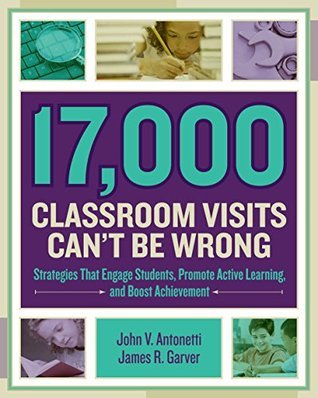What do you think?
Rate this book


Most educators are skilled at planning instruction and determining what they will do during the course of a lesson. However, to truly engage students in worthwhile, rigorous cognition, a profound shift is necessary: a shift in emphasis from teaching to learning. Put another way, we know that whoever is doing the work is also doing the learning—and in most classrooms, teachers are working much too hard.
Authors John V. Antonetti and James R. Garver are the designers of the Look 2 Learning model of classroom walkthroughs. They've visited more than 17,000 classroomsÑexamining a variety of teaching and learning conditions, talking to students, examining their work, and determining their levels of thinking and engagement. From this vast set of data, they've drawn salient lessons that provide valuable insight into how to smooth the transition from simply planning instruction to designing high-quality student work.
The lessons John and Jim have learned from their 17,000 (and counting) classroom visits can't be wrong. They share those lessons in this book, along with stories of successful practice and practical tools ready for immediate classroom application. The authors also provide opportunities for reflection and closure designed to help you consider (or reconsider) your current beliefs and practices. Throughout, you will hear the voices of John and Jim—and the thousands of students they met—as they provide a map for shifting the classroom dynamic from teaching to learning.
265 pages, Kindle Edition
First published February 1, 2015